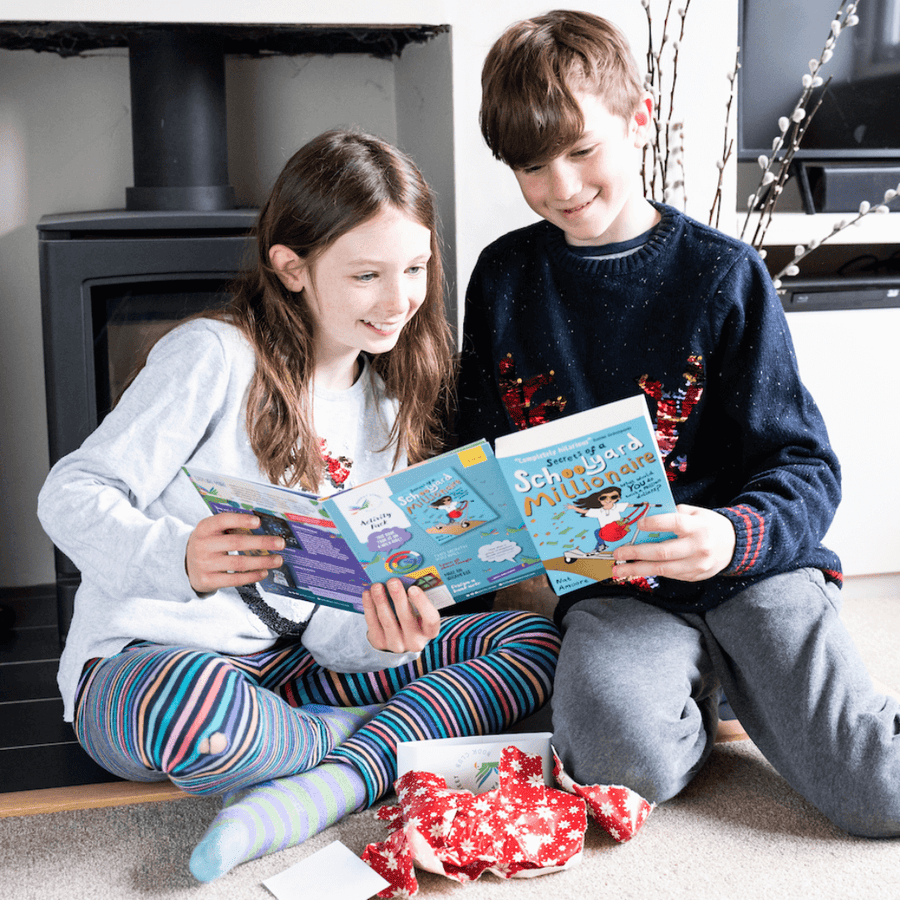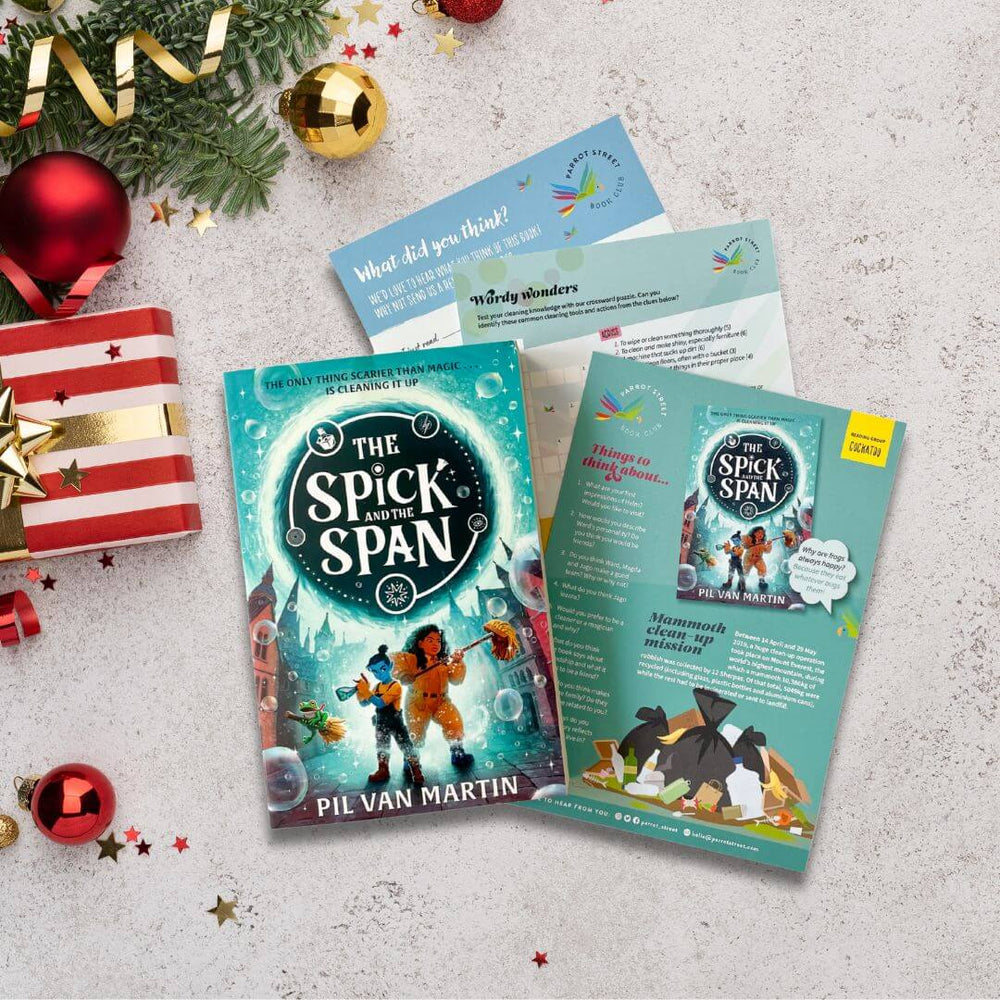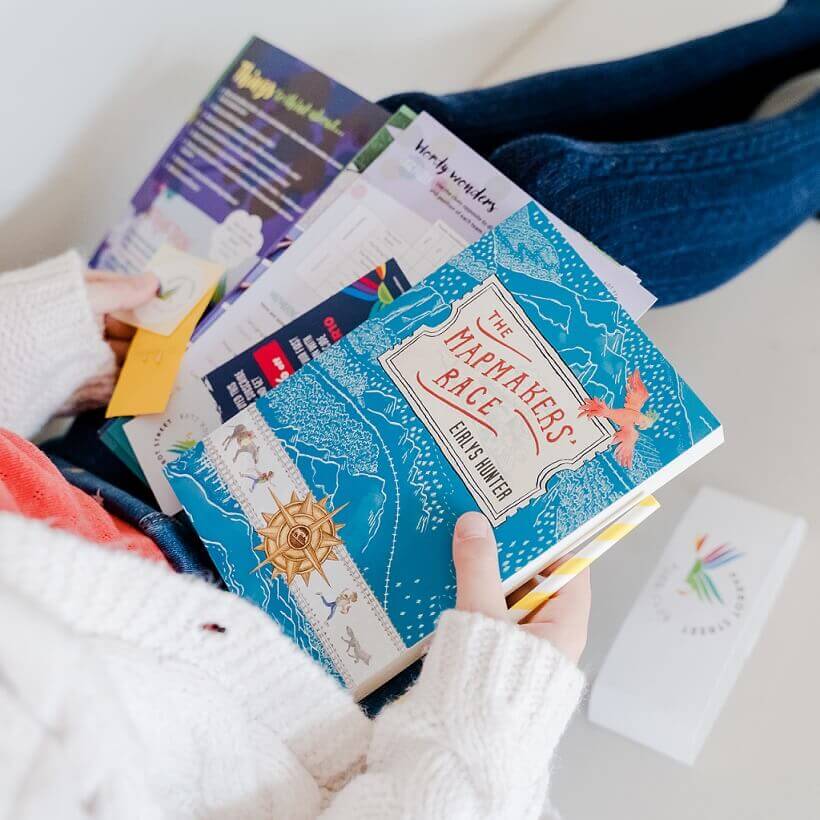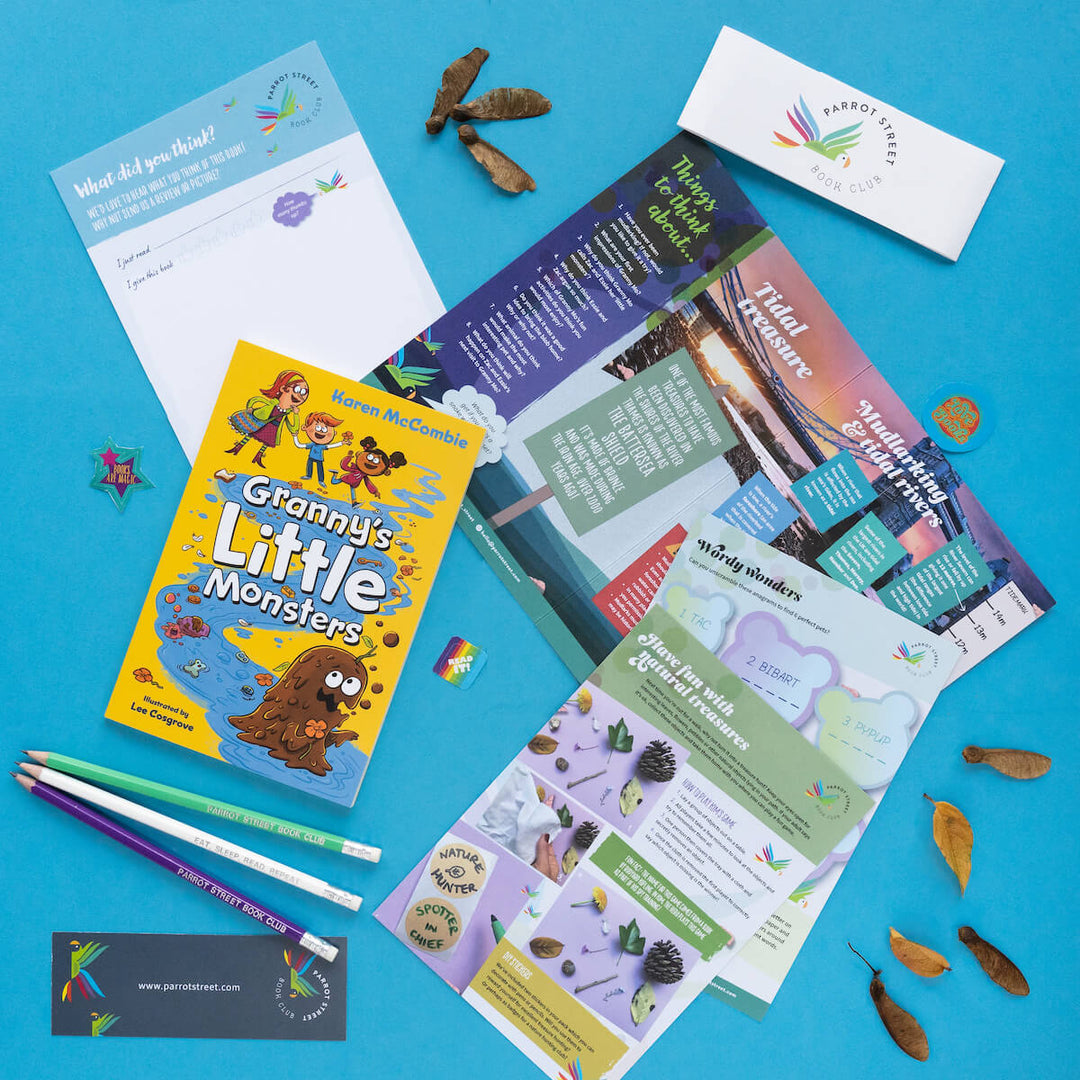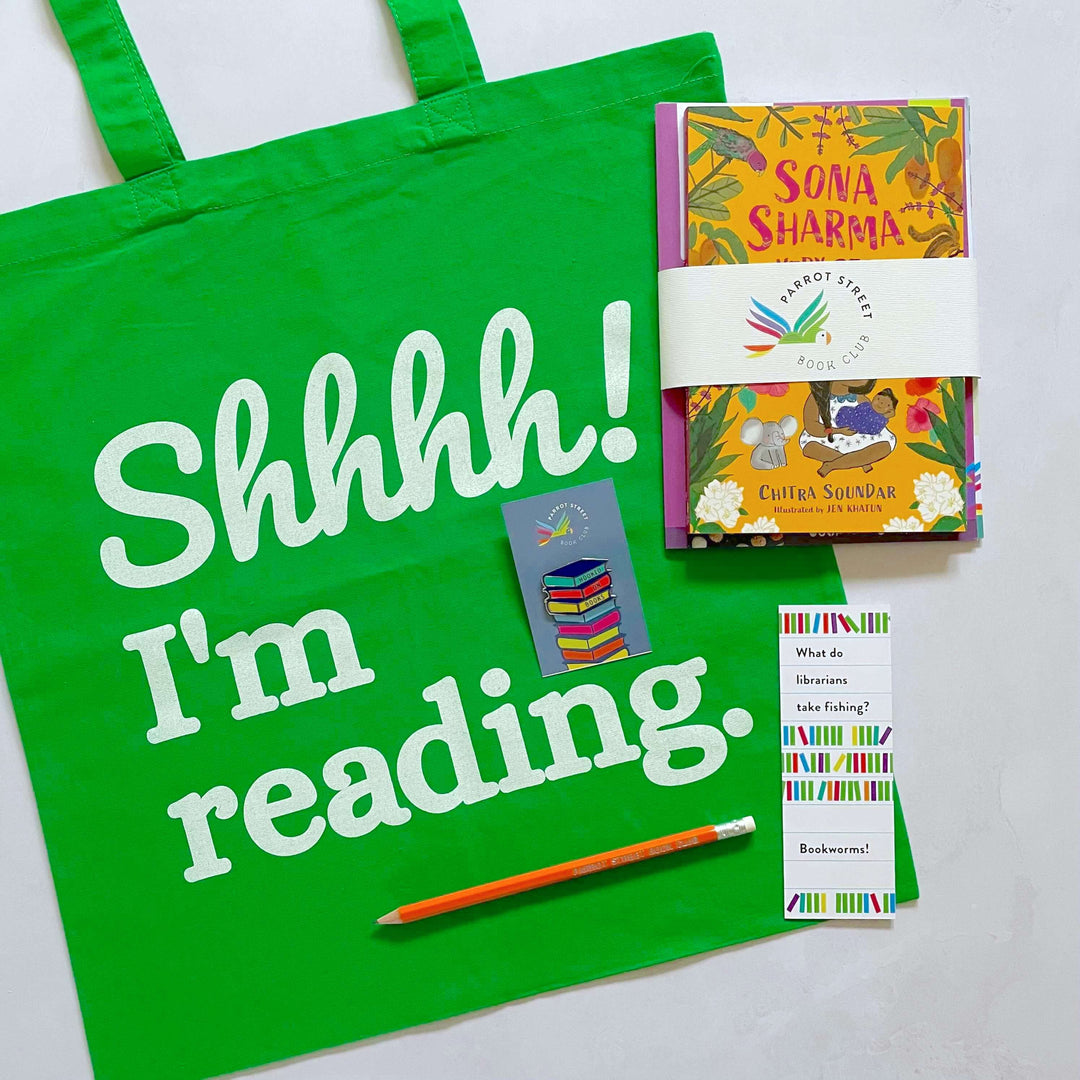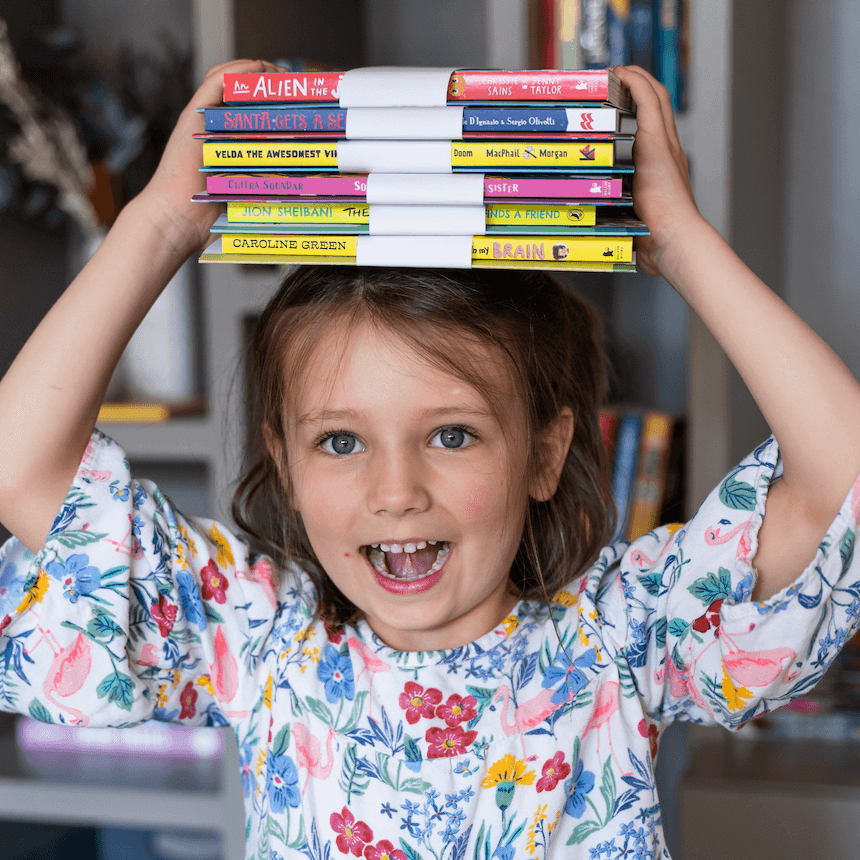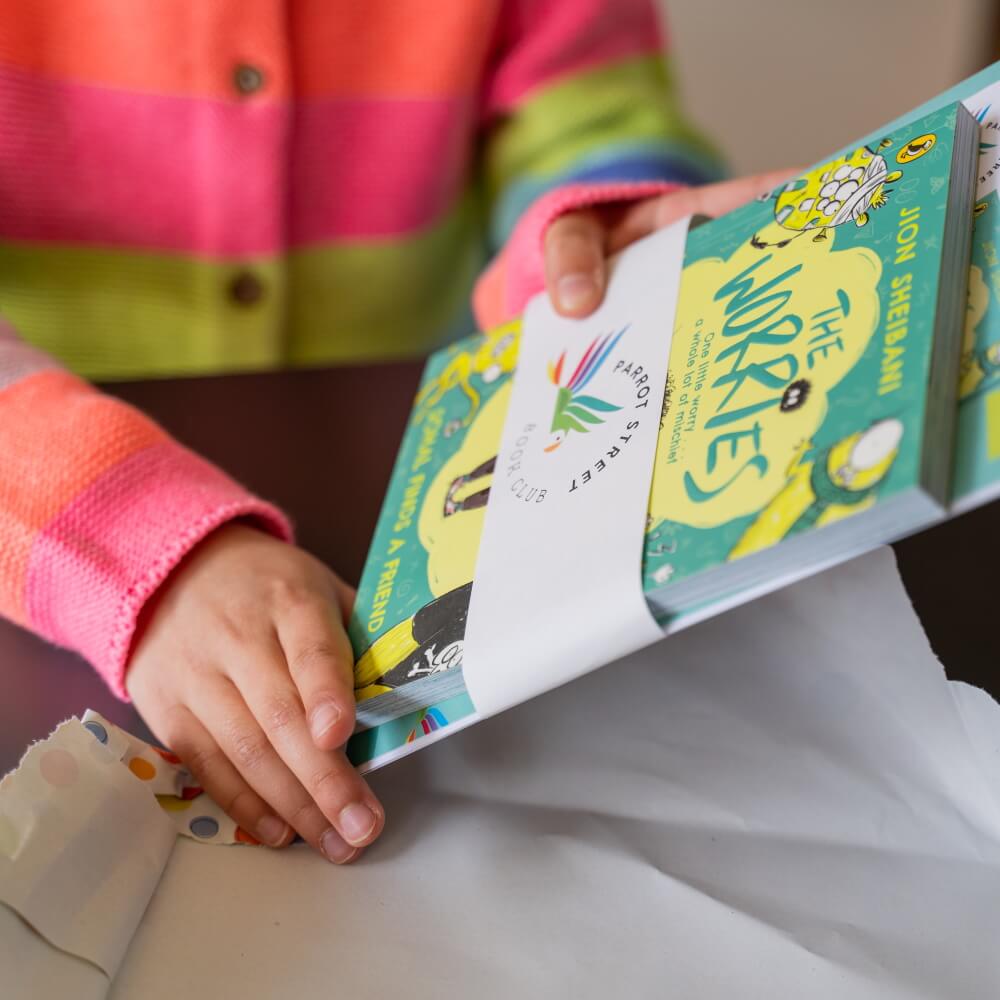Candy Gourlay on Wild Song and historical fiction for tweens & teens

We are so excited this month to be sharing Candy Gourlay's Wild Song with our Macaw subscribers. Set in 1904, the book follows Luki who has lived a tribal life in the mountains of the Philippines. She has always dreamed of becoming a warrior, rather than a wife and mother as her community expects. When her tribe are offered a journey to America to be part of the St. Louis World's Fair, Luki jumps at the opportunity to escape. But she soon discovers that the land of opportunity does not share its possibilities equally.
It's an extraordinary adventure story and a powerful depiction of an historical event that few readers will be familiar with, but which has so much contemporary resonance. Here Candy answers our questions about what inspired Luki's story, her experience of writing the book, and which other historical novels for tweens and teens she recommends you turn to next.
What inspired you to write Wild Song (and its predecessor, Bone Talk)?
Fifteen years ago, I stumbled upon a photo of a large woman of the Edwardian era dancing with a tiny half naked man who I immediately recognised as an Igorot, native to the mountains of the Philippines where I was born. Researching it, I learned that the photo was taken at the World's Fair in St Louis Missouri inn 1904. But something was off. For several years before the Philippines had been at war with the United States, with millions of Filipino casualties. Why would that man be happily dancing with an American? And wasn't 1904 a modest era, when people covered up and men and women didn't dare hold hands? Looking for the answers to these questions led me to years of obsessive research which culminated in writing Wild Song.
Are any of the characters based on real people?
Yes, many of the characters are composites of real people who lived during the time. Truman Hunt was a real person, and he really was the manager of the Igorot Village. And Walter Loving really was the band leader of the Philippine Constabulary Band. Though I fictionalised the details, the stories I tell in Wild Song are based on true events.
What research did you do for the book and did you learn anything thatsurprised you?
I did so much research. I read many academic books and histories about the World's Fair. I also searched auction sites for actual objects that appear in my book such as Crayola crayons and late 19th century gramophones and cameras. I found historical archives online filled with photos from the Fair, as well as videos.
There were many surprises in my research, things that I didn't expect. One was the story of the Wild West Show. Wild West Shows of the time sounded to me like terribly racist shows, with native Americans portrayed as the baddies against heroic white American settlers. I was surprised to discover that Native Americans were not averse to appearing in the shows. At the time Native Americans were forced to live in Reservations and banned from speaking their own languages, practicing their religion or wearing their traditional clothes. But at the Wild West Show they could do all these things – in front of a paying audience.
Which character did you most enjoy writing? And who do you think goes on the biggest ‘journey’ in the book?
I loved writing Little Luki. In Bone Talk she was supposed to be a minor character but she was so interesting that I kept giving her a bigger and bigger role until she came close to stealing the limelight from the hero. In Wild Song, she is older but just as impetuous and rebellious. The other character I loved writing was Sadie Locket, the cowgirl. I based her on Annie Oakley, who hated the way 19th century society treated girls and found not just freedom but success and fame in Wild West Shows.
What do you hope young readers will take away from the story and how it unfolds?
I hope young readers, realising that Wild Song is based on true events and real people, will realise that there are many players involved in every moment in history – but some of them don't get to tell their story.
Why did you choose to write books for this age group?
I think people of this age group are the most exciting readers. They are experiencing the world for the first time, discovering life and language – they are becoming whoever they are going to become, and it is thrilling to think that my stories have a part in that!
Which other historical books for tweens and teens would you recommend our subscribers read next?
I would love them to read Persepolis by Marjane Sartrapi – it's a graphic novel about how a revolution changes everything for a young girl, brilliantly drawn, wise and addicting. Inside Out and Back Again by Thanhhá Lai follows a Vietnamese girl from war to Alabama in the United States. It is emotional and beautifully written. I also loved The Kindest Lie by Angela Cerrito about a girl smuggled out of the Warsaw Ghetto in World War 2 with a new name, new papers, a new identity, and how she struggles not to forget her old one. Hitler's Canary by Sandy Toksvig about the German invasion of Denmark through the eyes of a boy with a rather dramatic mother. Funny and filled with pathos at the same time.
Copies of our Wild Song pack, including a copy of the book and loads of fun activities to go with it, are now available for individual purchase. Grab a copy while stocks last!
This post includes affiliate links to our bookshop.org page, meaning we receive a small percentage of the sale should you purchase through them. Additionally, a percentage from all sales on the platform goes directly to local UK bookshops which is an initiative we're delighted to support!
JOIN OUR EMAIL LIST
Children's book news straight to your inbox
We love sharing product updates, book recommendations, children's activity ideas and special offers via email.



